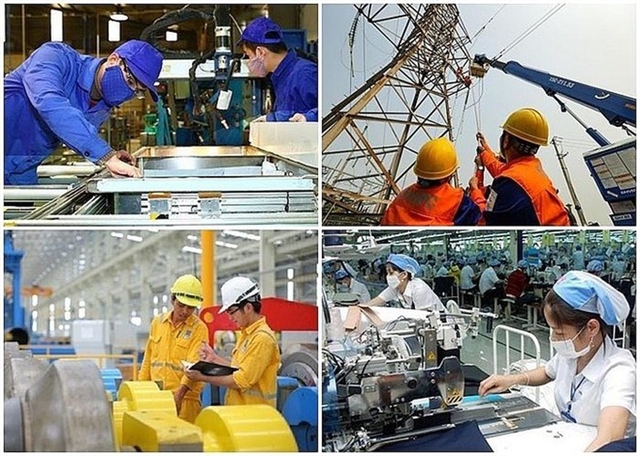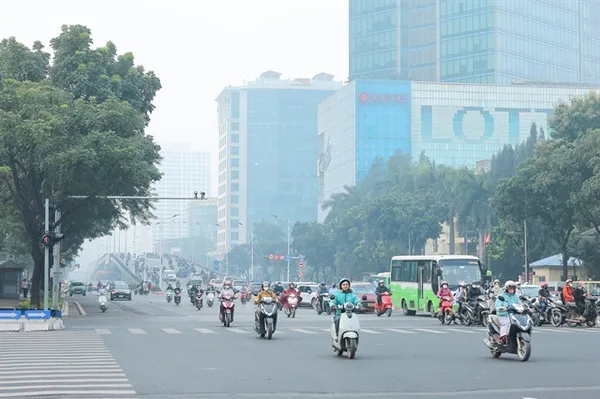 Society
Society

Hà Nội’s 115 emergency department under the municipal Health Department currently has 21 ambulances which are able to serve only seven out of every 100 calls, according to the centre.
 |
| Due to the lack of both infrastructure and personnel, Hà Nội’s emergency centre is able to serve only seven out of every 100 calls. — VNA/VNS Photo |
HÀ NỘI — Hà Nội’s 115 emergency department under the municipal Department of Health currently has 21 ambulances which are able to serve only seven out of every 100 calls, according to the centre.
The low response rate is blamed on lack of budget.
There are 22 ambulances but one has broke down waiting to be scrapped, Nguyễn Thành, Hà Nội’s 115 centre’s director said.
Five medical emergency stations are placed citywide in charge of saving people. One is the headquarter station at 11 Phan Chu Trinh Street in the city centre. Four others are in the districts of Thanh Trì, Long Biên and Hà Đông.
“According to World Health Organisation, there needs to be 15 medical emergency teams to serve one million people. Hà Nội (with the population of nearly 10 million) is in need of 150 taskforces,” Thành said.
“We have 14 emergency teams working every day and we are unable to provide the service to outlying districts of expanded Hà Nội area because they are too far away,” he added.
However, the problem causing the biggest headache persists in personnel shortage.
Thành said since 2015, five doctors and ten nurses asked to leave. Two doctors moved to other facilities.
The city now has 188 staff including 28 doctors, 25 nurse practitioners, 63 nurses, six pharmacists and 48 ambulance drivers.
“28 doctors is not enough. Literally 42 taskforces need 42 doctors,” he said.
Medical staff on the mission also have to suffer from attacks from relatives of patients.
“Some encounter drug addicts. Right after seeing our staff, they take out weapons. In some other cases, at the accident sites, relatives of the victims told us ‘We don’t need you’,” Thành said.
He added that many doctors of the centre have not been granted a work permit. The doctors are required to work at medical facilities which have patient beds. But the 115 centre does not have beds so doctor who even work here for ten years have not been certificated.
If ambulances come earlier and collaboration is better, more people will be saved, Nguyễn Đình Hưng, director of Saint Paul general hospital said, adding there should be more measures to support the centre in the future.
Who will drive ambulances?
To save money, the centre did not ask to buy 150 new vehicles with the budget forecasted to amount to hundreds of billions of đồng but instead only replaced more than ten old ambulances, director Thành said.
But even when the ambulances are bought, who will drive them, he asked, once again raising a headache question over personnel.
Hưng, director of general hospital of Saint Paul, said that Hà Nội should follow emergency model of France where the centres are managed by the hospital. This solution helps solve problems related to infrastructure and personnel shortages. Following local authorities’ order, the city will develop a network of emergency stations which connect with 115 centre and hospitals.
Then it is hoped a hospital specialising in emergencies will be built. There needs to be four elements: a core hospital, a network of ambulances, a training centre and a collaborating centre, he said. — VNS




